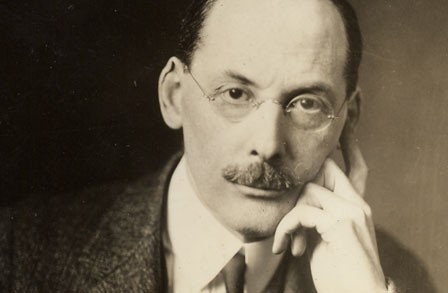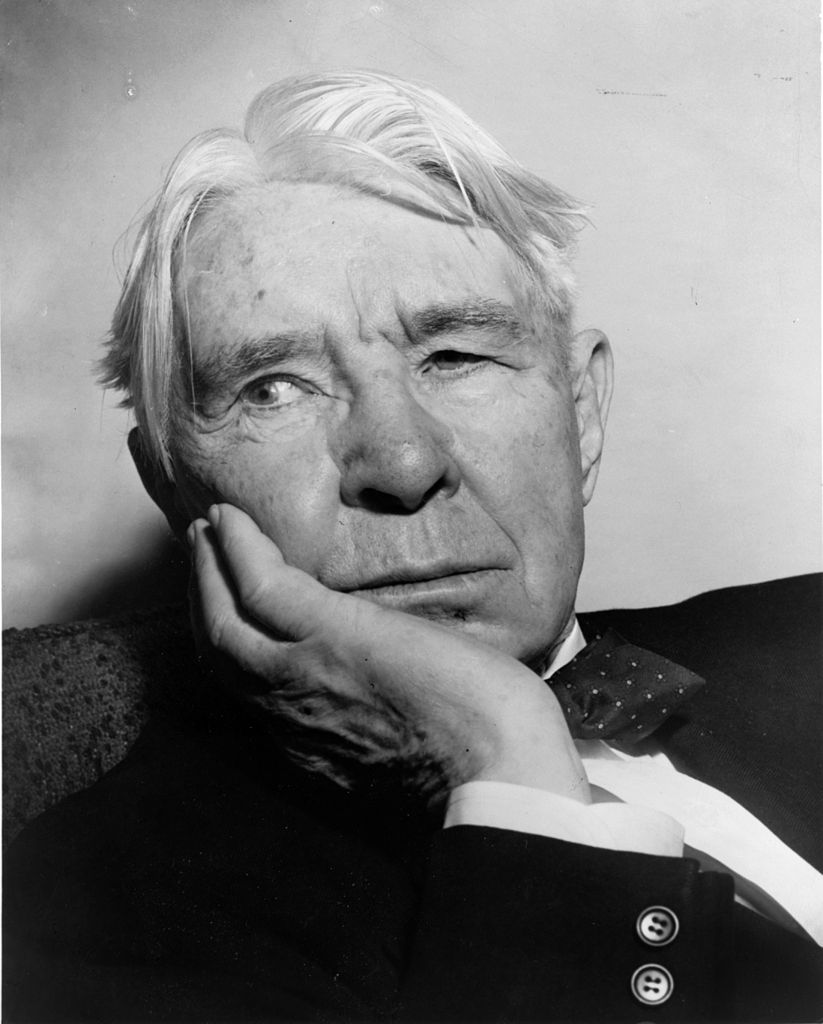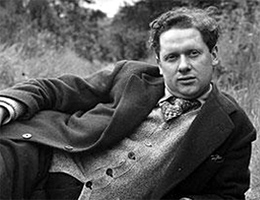ABOUT ELIZABETH BISHOP:
Elizabeth Bishop (1911) was an American poet and short-story writer. The Pulitzer Prize, The National Book Award and a recipient of Neustadt International for Literature added to her feathers in the cap.She earned a bachelor’s degree from Vassar College in Poughkeepsie, New York, in 1934. For a major American poet, Bishop published very sparingly. Bishop’s style of writing, though it sometimes involved sparse details from her personal life, was known for its highly detailed and objective, distant point of view and for its reticence on the kinds of personal subject matter that the work of her contemporaries involved. And she used discretion when writing about details and people from her own life. She left the world in 1979.
SETTING OF SONNET (1928):
Bishop wrote “Sonnet:” in 1928 when she was a teenager, one poem that makes an explicit connection with magic. A fascinating aspect of Elizabeth Bishop’s treatment of poetic form is her tendency to subvert it. The poem is, unsurprisingly for the work of a sixteen-year-old, rather thin on content. But there is skill in this Bishop’s writing. The poem is formally conventional.
POETIC DEVICES IN SONNET (1928):
Alliteration-
stanza 1
fretful, feeling finger-tips, (line 2)
bitter-tainted, trembling lips (line 3)
some song sung and to rest the tired (line 6)
Stanza 2
magic made by melody (line 1)
subaqueous stillness of the sea (line 4)
floats forever (line 5)
STYLE OF SONNET (1928):
I am in need of music that would flow (A)
Over my fretful, feeling finger-tips, (B)
Over my bitter-tainted, trembling lips, (B)
With melody, deep, clear, and liquid-slow. (A)
Oh, for the healing swaying, old and low, (A)
Of some song sung to rest the tired dead, (C)
A song to fall like water on my head, (C)
And over quivering limbs, dream flushed to glow! (A)
There is a magic made by melody: (D)
A spell of rest, and quiet breath, and cool (E)
Heart, that sinks through fading colors deep (F)
To the subaqueous stillness of the sea, (D)
And floats forever in a moon-green pool, (E)
Held in the arms of rhythm and of sleep. (F)
ANALYSIS OF SONNET (1928):
The speaker of this poem means it as a tribute to music. The speaker says that music calms her fretful finger-tips and her trembling lips. It also heals people, and rests the tired dead. The opening phrase, “I am in need of music” is a beautiful description of the effect music can have. In this poem music puts all tired and strained things to rest and at ease. The sleep that the speaker mentions in the last line seems too rested, calm, and eternal to be regular sleep though.
As in the poppet spell, water is an element. Bishop creates a comparison between music and water: a shower, the sea, and a “moon-green pool.” The speaker is represented by fingers, lips, head, and limbs, and the wet music heals the speaker rather than sweetens an enemy. The first octet here, describes her longing for the music while the second seslet reflects upon how music filled that need for her and whether the rhythm of the poem itself fills a need for the reader.
TONE OF SONNET (1928):
This poem is in the form of a sonnet. A turn, or a change in direction, occurs near the middle of the poem; eight lines (an octave) follow one avenue of thought and the six remaining lines (a sestet) follow a different path.
CENTRAL IDEA OF SONNET (1928):
The central idea of the poem is to highlight and emphasize on the positive and magical influence of music on one’s body and mind. Pouring water into wine symbolizes moderation, which can be important for physical and psychological health.
CONCLUSION:
This sonnet tackles the traditional subject of a desire for music. Its soothing and magical properties have been highlighted. The poet is here expressing her need for music and how the rhythm of the music fills her soul and body.
Contributor: Manasvi Gupta
Some online learning platforms provide certifications, while others are designed to simply grow your skills in your personal and professional life. Including Masterclass and Coursera, here are our recommendations for the best online learning platforms you can sign up for today.
The 7 Best Online Learning Platforms of 2022
- Best Overall: Coursera
- Best for Niche Topics: Udemy
- Best for Creative Fields: Skillshare
- Best for Celebrity Lessons: MasterClass
- Best for STEM: EdX
- Best for Career Building: Udacity
- Best for Data Learning: Pluralsight















